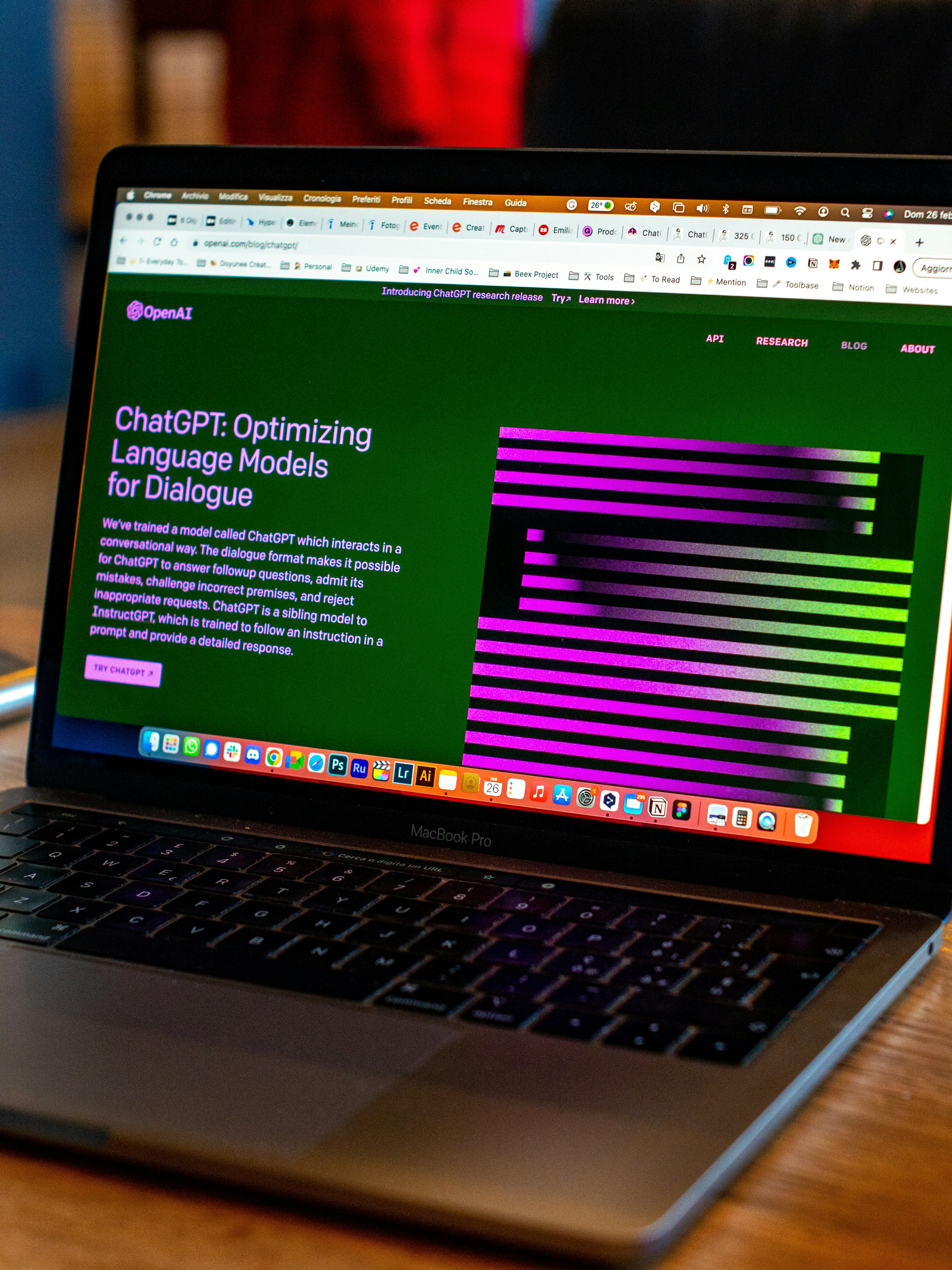Moving Beyond Keywords to Deliver What Your Audience Actually Wants
The days of keyword stuffing and technical SEO tricks are long behind us. In 2025, search engines have become remarkably sophisticated at understanding the true intent behind user queries. This evolution means SEO success now depends on aligning your content with search intent—the underlying purpose of a user’s search.
Understanding the Four Types of Search Intent
- Informational Intent: Users seeking knowledge or answers Example query: “how to create a digital marketing strategy”
- Navigational Intent: Users looking for a specific website or page Example query: “Facebook login” or “Nike running shoes website”
- Commercial Investigation: Users researching products before purchasing Example query: “best digital marketing tools 2025 comparison”
- Transactional Intent: Users ready to make a purchase or complete an action Example query: “buy MacBook Pro” or “digital marketing course sign up”
Why Search Intent Matters More Than Ever
Search engines now evaluate content based on how well it satisfies the user’s search intent. Content that perfectly addresses the underlying need behind a search query will consistently outrank content that merely contains the right keywords.
This focus on intent has been reinforced by recent algorithm updates that prioritize user satisfaction signals such as:
- Dwell time
- Bounce rate patterns
- Content interaction
- Follow-up searches
How to Optimize for Search Intent
1. Analyze the SERP Landscape
Look at what’s currently ranking for your target keywords. Are the top results how-to guides, product comparison pages, or e-commerce listings? This reveals what search engines have determined best satisfies user intent for that query.
2. Create Intent-Matched Content Formats
Adapt your content format to match the dominant intent:
- For informational queries: Comprehensive guides, how-to articles, explainer videos
- For commercial investigation: Comparison charts, reviews, “best of” lists
- For transactional queries: Product pages with clear CTAs, simplified purchase paths
3. Answer Secondary Questions
Users rarely have just one question. Identify and address related questions in your content to provide a comprehensive resource that fully satisfies their needs.
4. Monitor User Engagement Metrics
Track how users interact with your content to determine if you’re truly meeting their needs. High bounce rates or low time-on-page may indicate a mismatch between your content and the search intent.
Beyond Keywords to Conversations
As voice search and AI assistants continue to grow in popularity, search is becoming increasingly conversational. The most successful SEO strategies now focus on answering real user questions rather than targeting isolated keywords.
At [Your Agency Name], we help brands develop intent-focused content strategies that connect with audiences at each stage of their journey, delivering the right information at the right time to drive meaningful engagement and conversions.
Remember: The goal isn’t just to rank—it’s to be the best answer to your audience’s questions.



